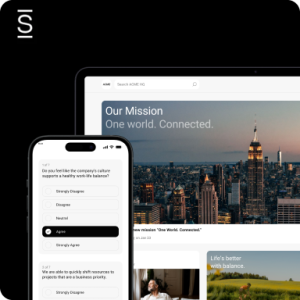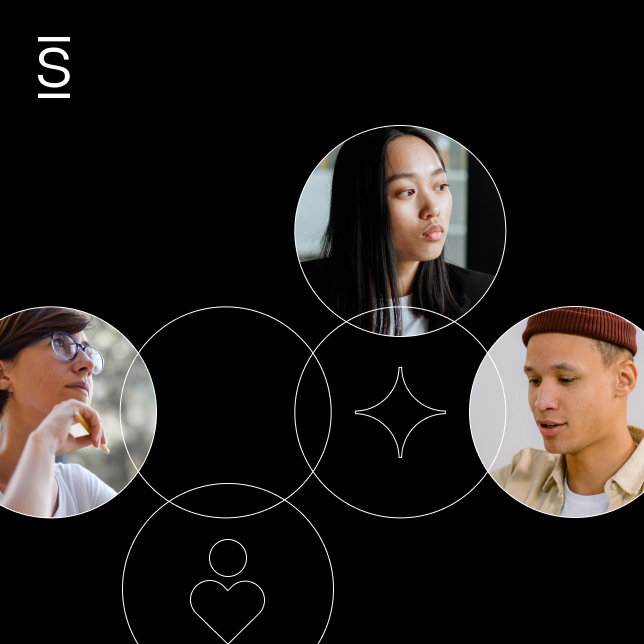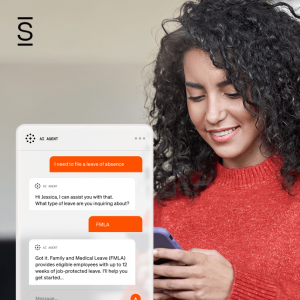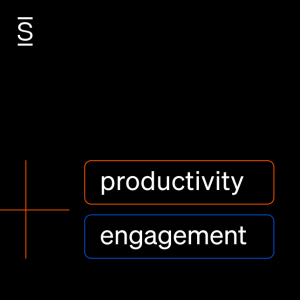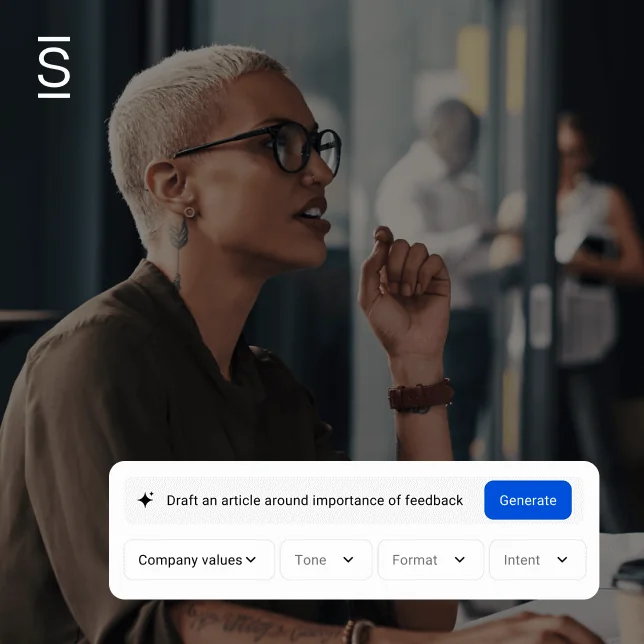This article was originally published on Mister Editorial.
Breaking news! Generative AI tools are imperfect! But that doesn’t mean they can’t be improved. By now we know that when you prompt a chatbot (like Copilot, ChatGPT) the output is dull. The simpler your prompt, the blander the response.
You can improve your AI prowess in several ways, such as learning the basics of prompt engineering. Here’s a five-part series that teaches just that.
Another way to get more out of our digital servants is to train chatbots to reply in a certain voice or style. This skill — the subject of this article — is valuable for several reasons:
- Voice consistency: Ensuring communications across all mixternal channels are consistent in voice and style is crucial to maintain the executive’s identity. Training AI in an exec’s voice can automate this process, so every piece of content sounds like them, whether it’s a memo, social media post, or notes for a PPT prezo.
- Efficiency: You have to edit less. AI can generate drafts, social media updates, FAQs, reports and more, much faster.
- A/B testing: AI lets you test different messaging quickly, helping identify the most effective ways to communicate with your audience. (For example, with the engineers, be more logical; with the extroverted salespeople, be more rah-rah.)
- Experimenting: Exploring AI-generated content can lead to innovative communication formats, from personalized video and podcast scripts to building an in-house interactive chatbot for internal customer service. (Imagine an IT chatbot that “sounds” like the CISO.)
- Professional development: Meta skill alert! Understanding how to train and work with AI puts you at the forefront of digital communication technologies, a valuable skill set in the rapidly evolving corporate comms tech landscape. (Go get that money, honey.)
In this article, I provide:
- Tips on how to train your dragon AI to sound like someone
- Sample prompts for each step in the process
- Sample results from having trained ChatGPT to write like four different personalities: Jay-Z, Scott Galloway, Whitney Wolfe Herd, and, for fun, Dr. Seuss. (OK, Jay-Z was fun, too.)
It takes a little work up front, but just like conducting a channel audit, the investment will pay dividends over the next year or two.

How to train your AI
Training an AI chatbot, particularly a language model like ChatGPT, to learn your style and voice involves providing specific examples and guidelines that capture the unique way you, your executive, or a stakeholder expresses themself.
It’s helpful to use detailed prompts that provide clear examples and characteristics of the style you want to invoke.
The instructions below explain how to create structured prompts to get you started. (Customize them with your preferences and writing samples.)
Note: For this exercise I used ChatGPT-4.
Check out 50 ChatGPT prompts for communications workflows
Tell the chatbot what you’re doing
Explain to the bot what you’re about to do with this starter prompt:
I want to teach you my voice and style so that when I ask you questions you can respond in a way that mirrors how I write.
Note the first person. This is not necessary but it’s easier if you get inside the head of your stakeholder and act like them. So, use language like “my style” and “I often use jargon” (vs. “my stakeholder’s style is…”).
Provide examples
Share a variety of your writing samples with the chatbot. These can include blog posts, memos, transcripts, social media posts, speeches — whatever you can get your hands on.
The more diverse your samples, the better the bot can understand the range of the style and voice.
Prompt:
First I am going to share with you [number] of samples. I will share them with you one by one.
Detail preferences
Emphasize the traits and ticks that make your persona unique.
- Style: Provide style cues, such as casual, professional, sassy, ironic, etc.
- Structure: Does your persona prefer concise or long sentences with clauses and phrases? How do you organize your content? Do you use short paragraphs? Bulleted lists?
- Vocabulary: Describe the approach to vocabulary. Does the persona use simple words and plain English? Are they prone to using $20 words or industry jargon?
- Tone and mood: Describe the tone your persona most often uses (e.g., formal, informal, witty, serious). Which moods do they convey in public comments (e.g., optimistic, reflective)?
- Nuances: Explain what’s unique about the style in the writing samples. For instance, “I like to provide analogies” or “I use movie references.”
Prompt example:
I want you to understand my style. I write in a casual manner. I prefer to keep paragraphs short, no longer than two sentences. I often use bullet points to break up text or to emphasize a point. I try to use simple but vigorous words and phrases clear of flowery language — like Ernest Hemingway’s writing style. I like to slip in a witticism or play on words every once in a while, just to see if my reader is paying attention. Occasionally I like to go on a tangent; if I go on a tangent I do so in a footnote. I’m generally optimistic, sometimes provocative, sometimes reflective. My superpower is applying orthogonal thinking to my subject.
Give feedback
After generating text, provide specific feedback to the bot.
1. Point out what matches the style and what doesn’t. Remember: this is a chatbot. So chat with it!
- That was good [and this is why … ]
- The sentence that begins with X is not good because [it was too serious; over the top …]
2. Use follow-up questions to get the details right , such as:
- “Can you make it more concise?”
- “Add a ‘that’s what she said’ reference for levity, like I typically do.”
Notice that extra info — “like I typically do.” That’s a subtle reminder to the bot about nuance.
3. Adjust your instructions based on the outputs you receive. Clarifying or rephrasing guidelines can lead to better results.
4. Be consistent. Within the chat session don’t deviate on the voice and style. If you teach the bot to sound professional and corporate, stick with it in that session. If you start to prompt with competing traits —humor, loose grammar — you’ll confuse the bot and get mixed results.
5. Be patient. It may take several iterations and corrections, but the bot will adjust its output based on your feedback. Give it time to refine. (By time I mean several rounds of interaction, not weeks or months.)
Understand limitations
While AI can mimic styles to a certain extent, it will not capture the full depth and nuance of individual creativity and personal experiences.
Caution! The chatbot can learn your style, but that learning does not apply across chat sessions. Each chatroom is independent, which you can use to your advantage — i.e., you can create multiple personas on the platform.
- This is helpful if you write on behalf of multiple execs!
- If you close the chat, you must re-teach the style in a new session.
Pro tip: Because an accidental closure is a possibility, save your original prompts somewhere so you can quickly get the bot back up to speed.
Get your free IC cheatsheet for optimizing AI prompts
Case study: Four personas
So how does all this shake out? To show you what happens when you train an AI on a specific style, I trained ChatGPT to write like four prominent figures with distinct voices:
- Jay-Z: Rapper, music producer, and a business, man; an ambitious, confident, soft-spoken man whose lyrics are complex and delivered with uncharacteristic smoothness; loves a good double entendre
- Scott Galloway: Professor and entrepreneur who likes to make clever analogies and uses self-deprecating humor; insecure narcissist with a case of FOMO
- Whitney Wolfe Herd: Co-founder and former CEO of Bumble, the dating platform; a youthful millennial who speaks with precision; relatable, empowering and approachable; outspoken on women’s rights
- Dr. Seuss: The pen name of Theodor Seuss Geisel, children’s author and cartoonist
If your boss is famous you don’t need to teach ChatGPT how to write in their style because so much of their content and voice is splashed across the internet. You can simply say, “write a memo in the style of Jay-Z” (or Mary Barra or Daniel Ek or …).
But I did not ask ChatGPT to “write in the style of [famous person].” Instead, I entered excerpts from essays, lyrics and interviews without telling ChatGPT which person I was attempting to mirror.
This is how you need to teach ChatGPT to write in your exec’s unknown voice.
I chose these four personalities — Hova, Galloway, Wolfe Herd, and Seuss — because:
- they may be familiar to you
- if they are not, you can look them up and judge the results for yourself
- it was easier than spending hours inventing from whole cloth four distinct personalities and creating “sample” content for each of them. Work with me here.

For each character I maintained separate chat sessions (see screenshot above) and I followed the steps outlined in this article:
- I told ChatGPT what I was doing.
- I provided three content samples for each individual.
- I described unique traits. For example, for Wolfe Herd I told ChatGPT: “I write in a way that is approachable because I am vulnerable. I write candidly with sincerity and with empathy. My tone is empowering.”
After I trained ChatGPT on each voice, I gave each persona the same prompt:
With my style in mind, draft two sentences telling employees you are giving them Friday off for a day of rest. Thank them for their hard work over the past quarter for helping the company achieve record revenue generation.
- I use a simplified request — two sentences — to keep this article short. Prompting for a long memo or keynote address would take up too much space. The exercise works regardless of the length of the output.
Discover four AI personas that support internal comms
Results
Before teaching ChatGPT anything, I gave it the above prompt (minus “with my style in mind”) to compare the persona outputs against a baseline. With no teaching whatsoever, ChatGPT gave this generic response:
- As a token of appreciation for your dedication and hard work that has significantly contributed to our company achieving record revenue this past quarter, we are giving everyone this Friday off as a day of rest. Thank you for your relentless effort and commitment to excellence; enjoy this well-deserved break.
After training ChatGPT on the four personalities, here are the responses from that same prompt about giving employees the day off:
- Jay-Z: Y’all have been grinding like there’s no tomorrow, pushing boundaries and setting the bar way up high, leading us to rake in record-breaking dough this quarter. So, take this Friday off, kick back, and soak in that well-deserved break — my way of saying a huge thanks for being the real MVPs of this hustle.
- Scott Galloway: Hey team, in appreciation of your relentless grind and pivotal role in propelling us to smash through our revenue records this quarter, I’m calling it — this Friday is officially a “you day.” Consider it a small token of my huge gratitude; your hard work hasn’t just moved the needle, it’s redrawn the entire gauge.
- Whitney Wolfe Herd: In recognition of your incredible dedication and the unparalleled hard work that has propelled us to achieve record revenue this quarter, we’re giving everyone this Friday off as a day of rest. Thank you for everything you do — your commitment not only fuels our success but also fosters a culture of support and resilience that is truly the heart of our company.
- Dr. Seuss: In rhymes and rhythms, I’ve got to say, this Friday off is your rest day! Thanks for your toil, through thick and thin, your hard work made our company win.
Room for improvement
You’re not done. Remember you need to provide feedback to refine the bot’s output.
There’s no way the AI tool will get the personality right immediately.
That Jay-Z result above, for example, has a couple of good elements (e.g., the casual language of “kick back” and “hustle”), but overall it’s a little cringe-y. I took one of the outputs — Whitney Wolfe Herd — and coached ChatGPT to try to zero in on her personality. I gave two pieces of feedback: one positive reinforcement (I like this…) and the other constructive criticism (This could be improved…):
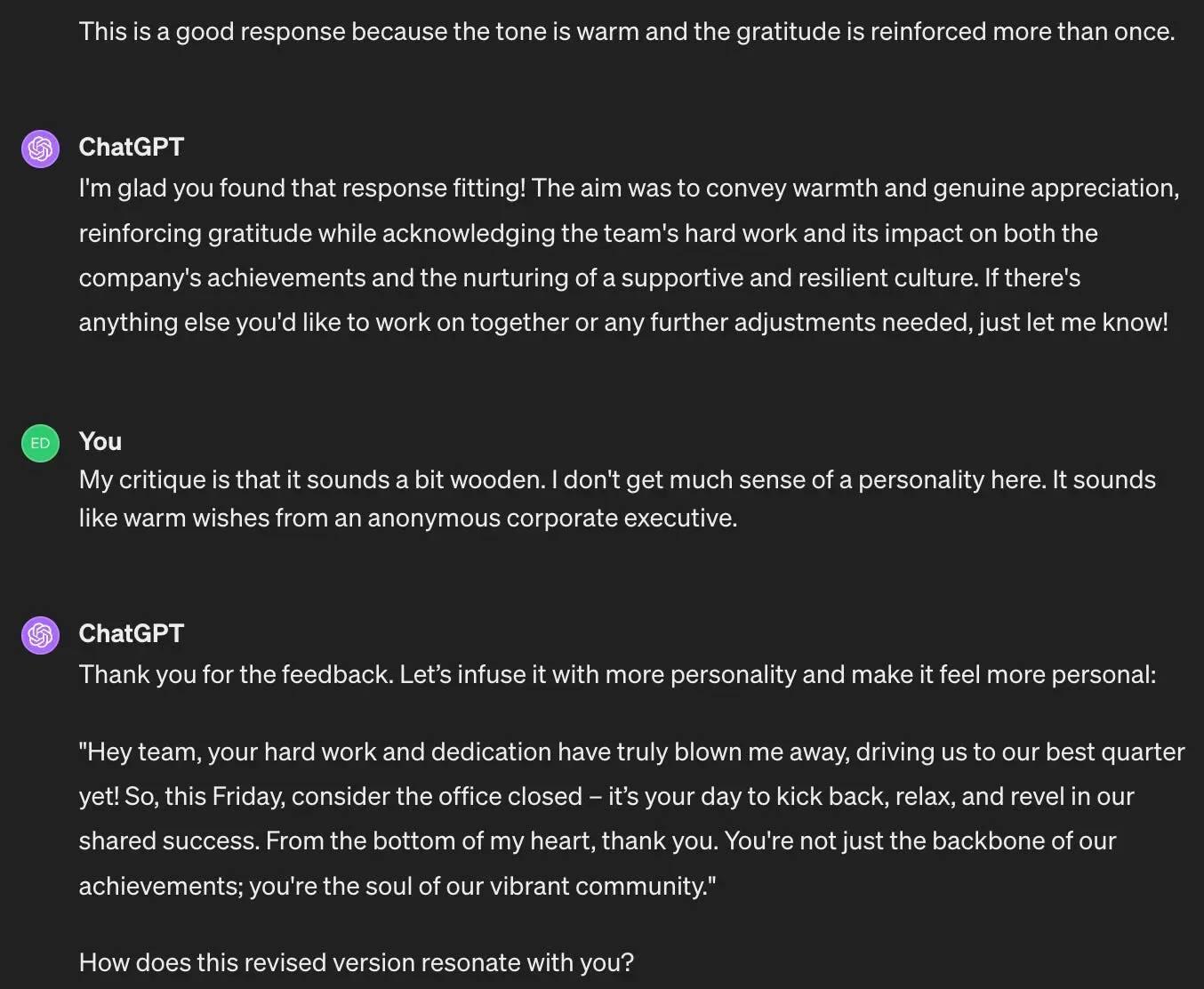
The revised version is better because it feels more like the sample text and writing style descriptions I originally gave ChatGPT. My version of Wolfe Herd probably wouldn’t go so woo-woo to suggest her employees are the “soul of our vibrant community” because she’s also a badass capitalist, but the rest of the response feels right.
And just like that, ChatGPT is on its way to interacting with me in Wolfe Herd’s voice. It took about 20 minutes to describe the executive’s personality, submit sample content, and provide feedback on my first prompt.
A little bit of work up front will give you a tremendous head start the next time someone asks you to draft an email on behalf of your CEO announcing the move to a four-day work week.


